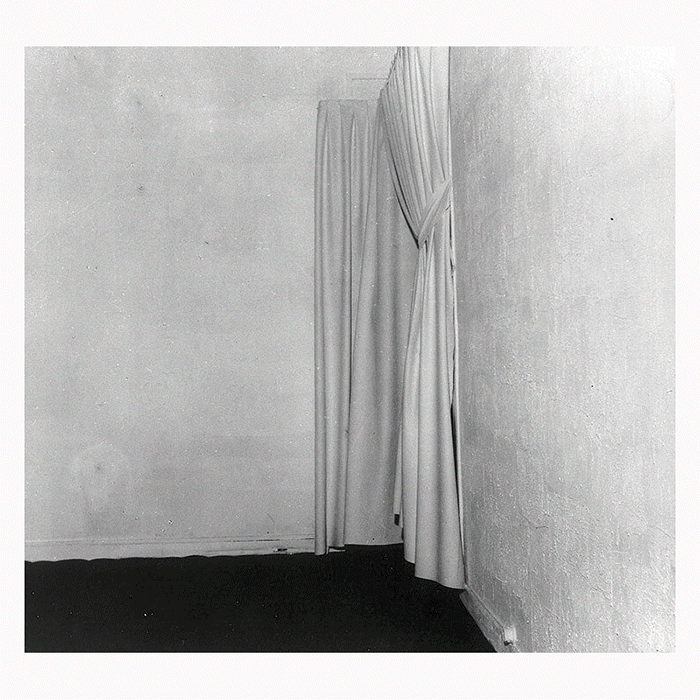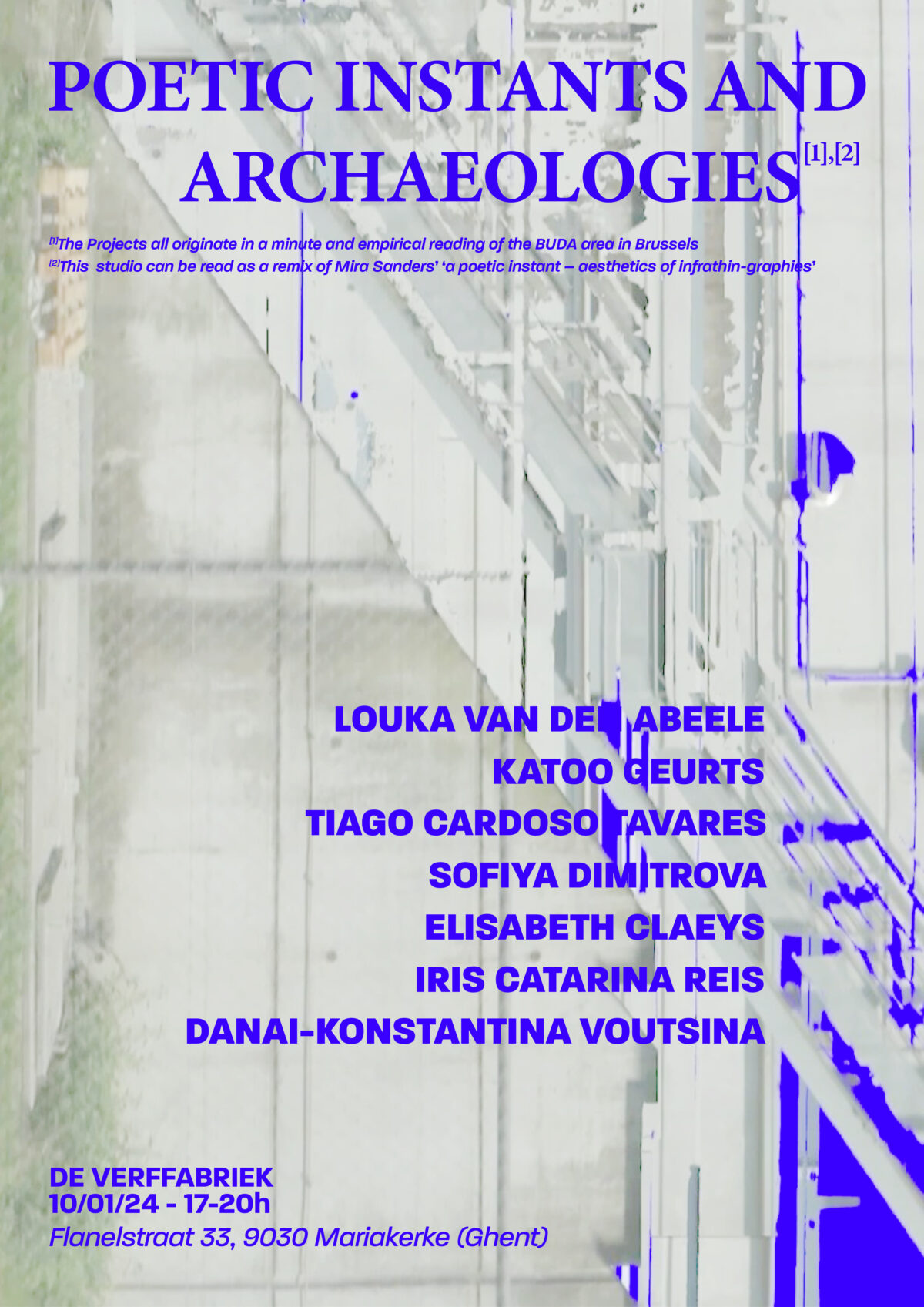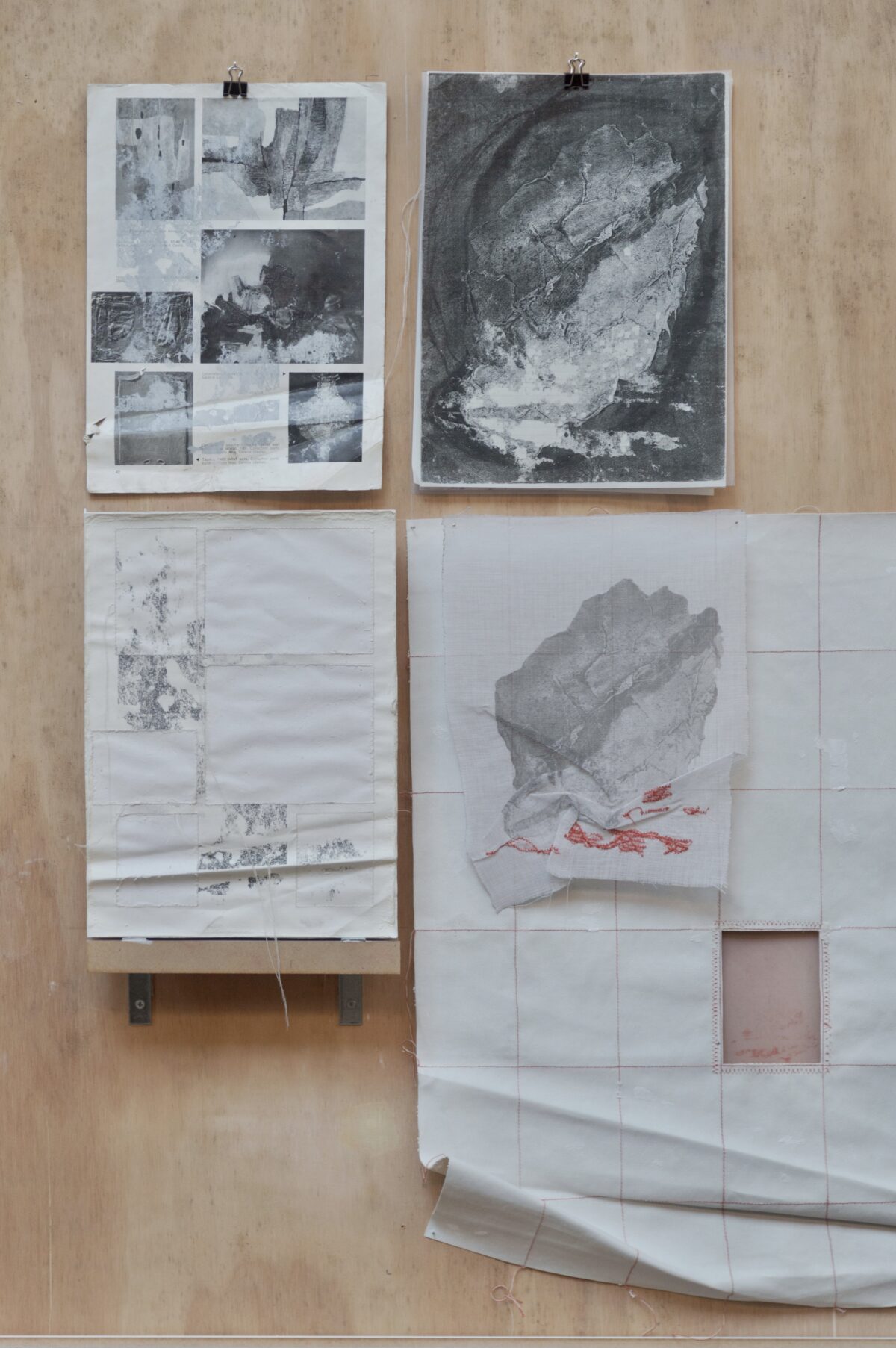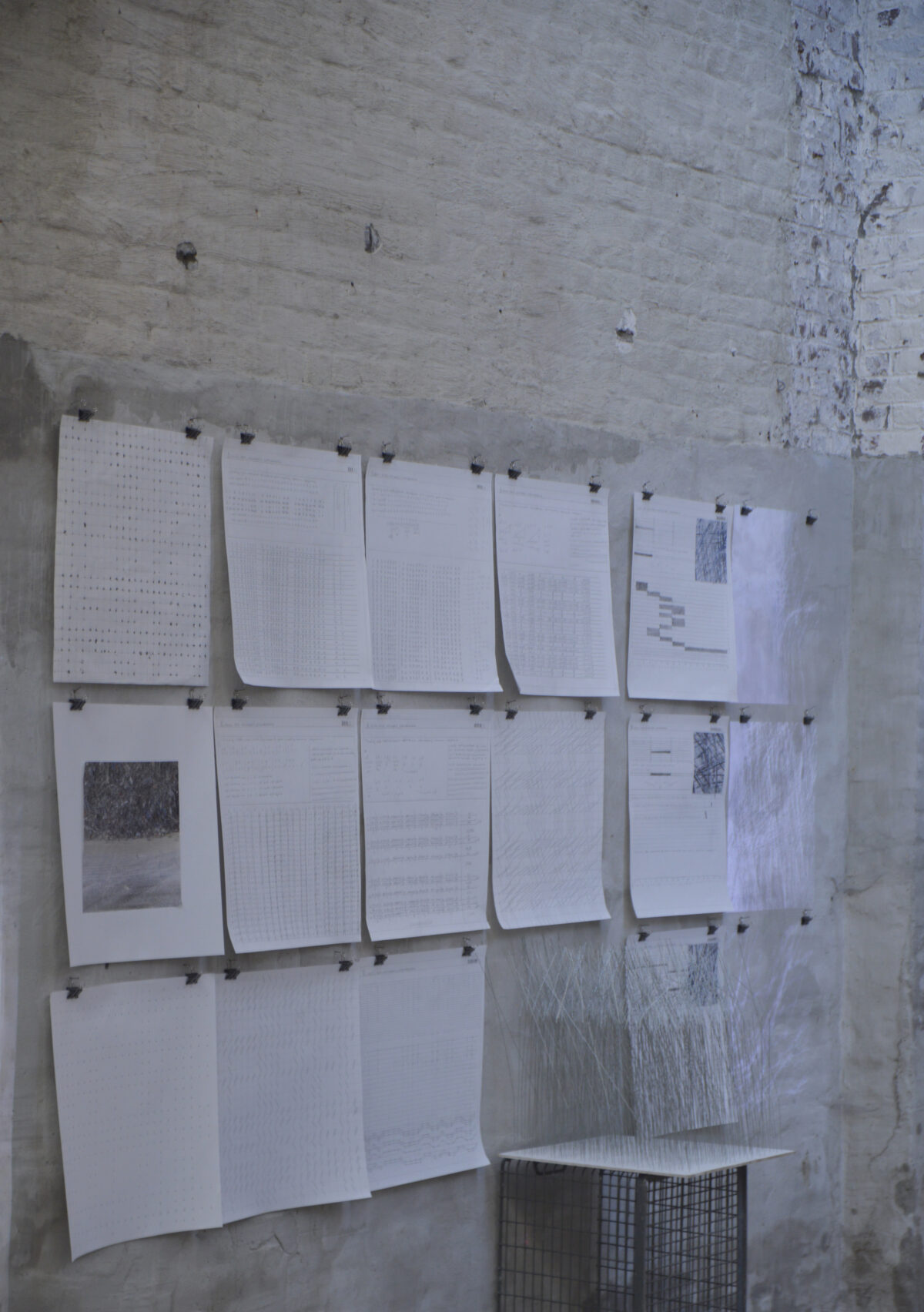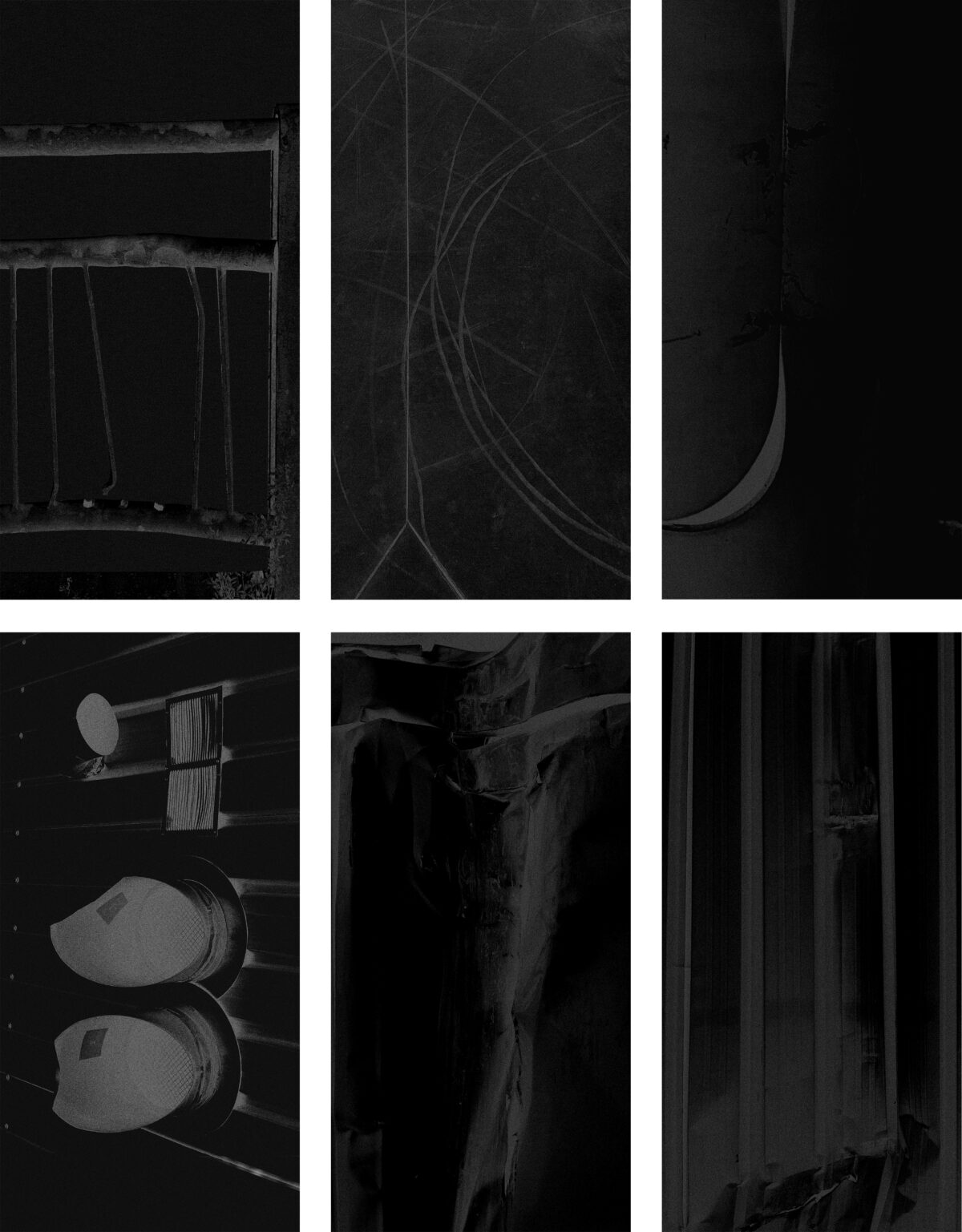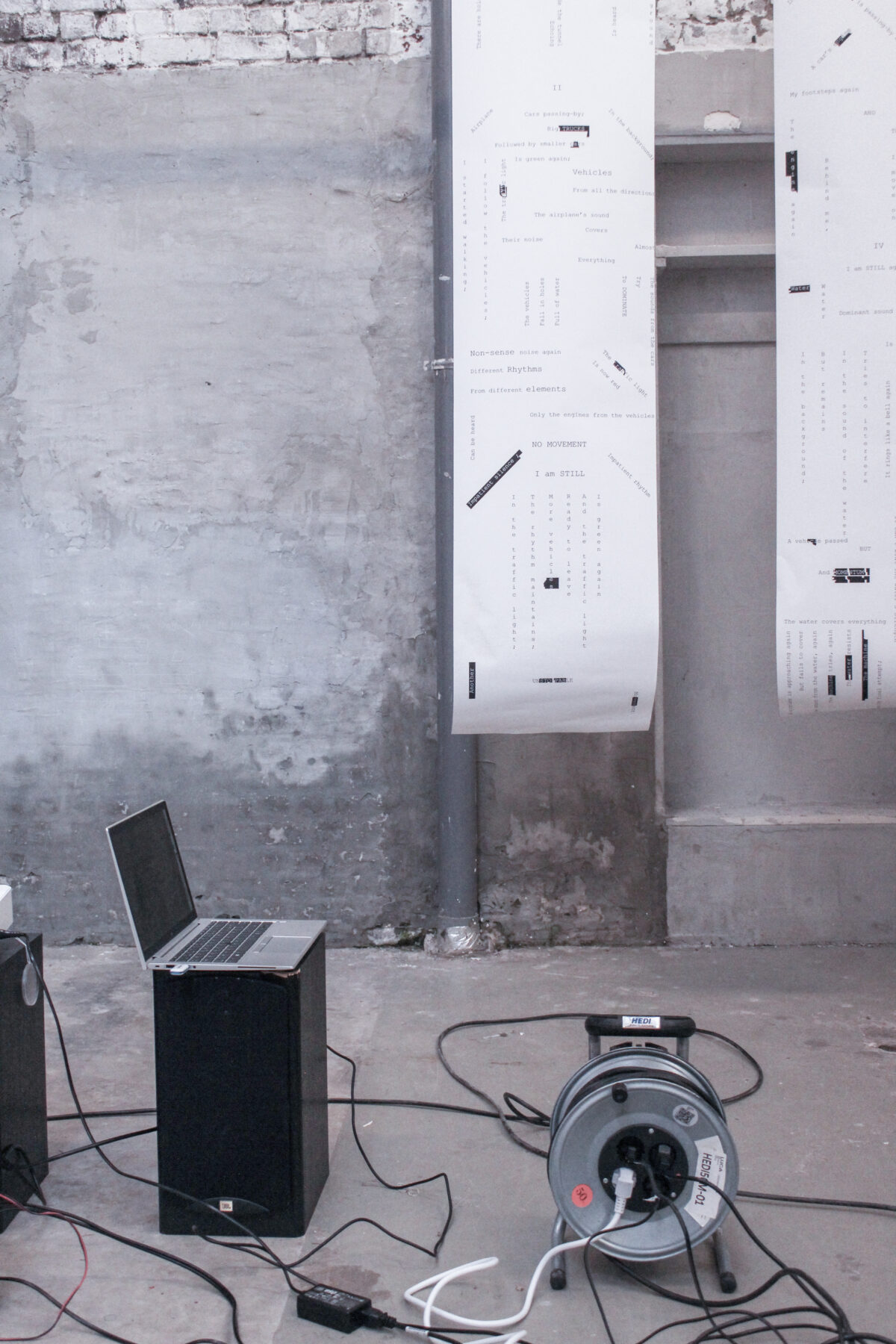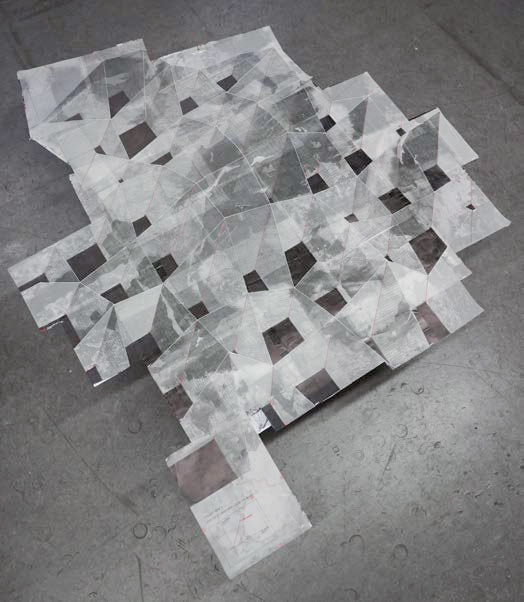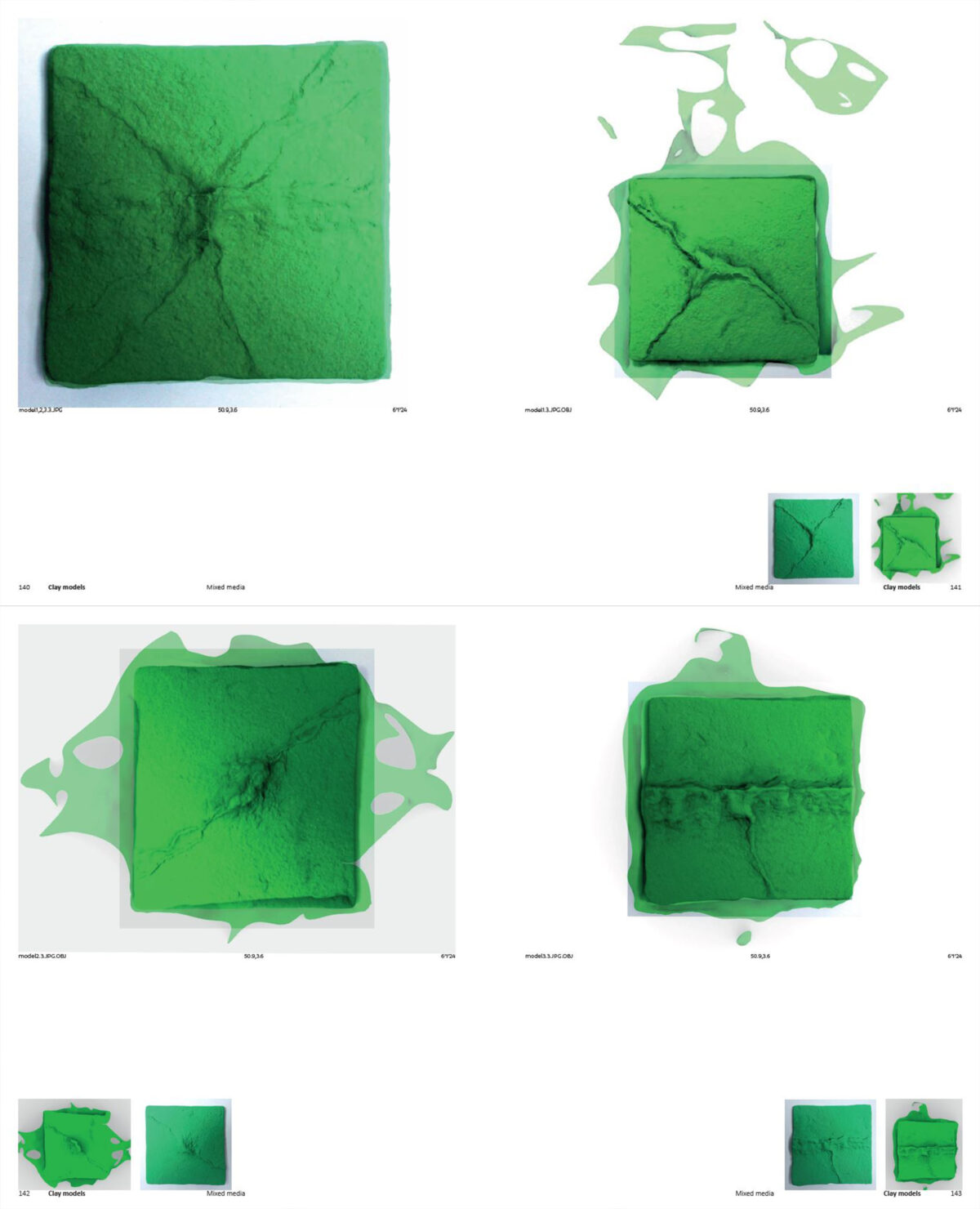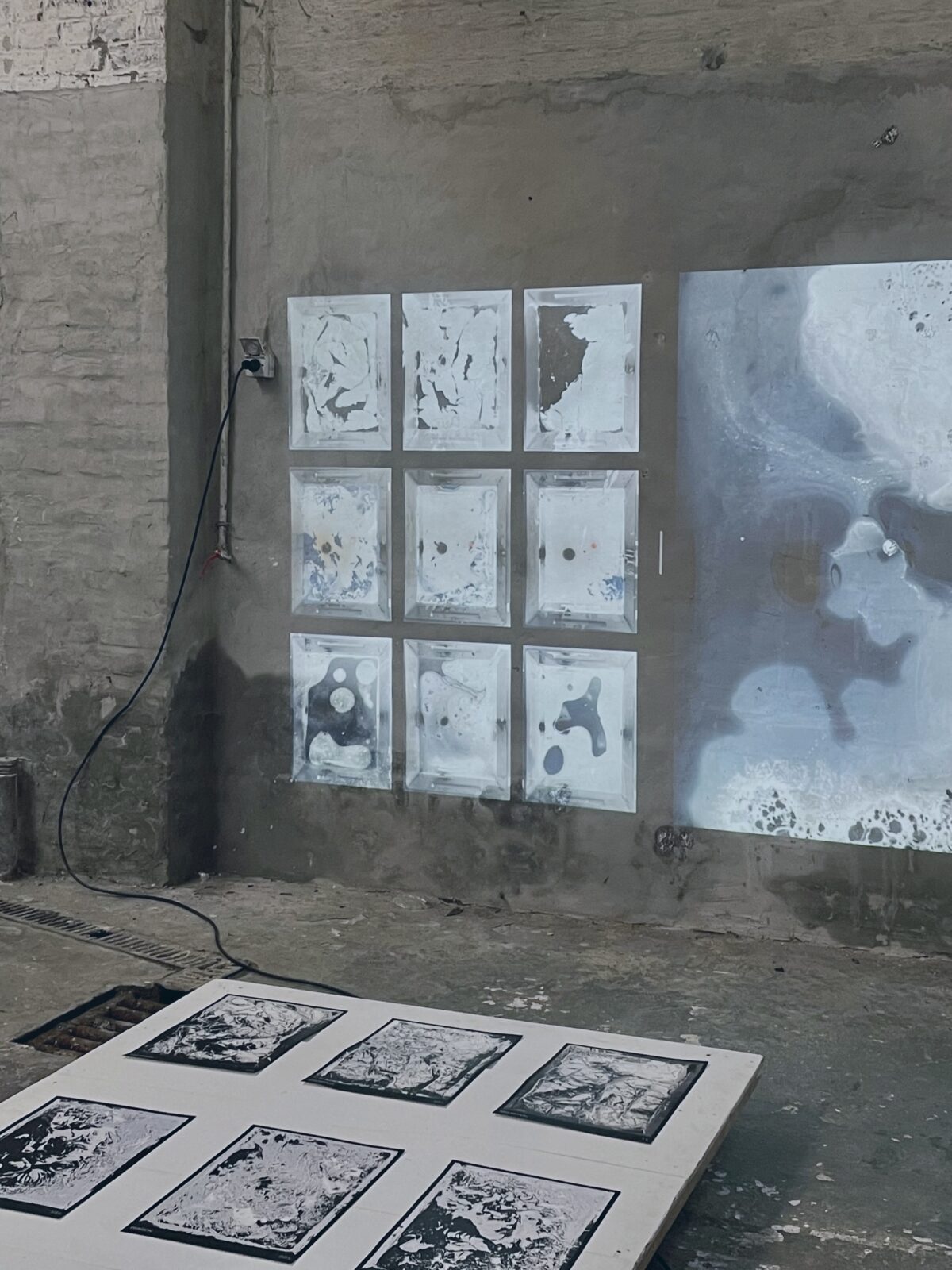POETIC INSTANTS AND ARCHAEOLOGIES
The brief of this studio can be considered a remix of the studio ‘a poetic instant – aesthetics of infrathin-graphies’ by Mira Sanders. Although the focus has shifted slightly, students interested in this previous brief of the studio will still find their place here.
In troubling times of high technological growth, deconstruction and omnipresent (re)building, in times where we face climate change and inhabit more our (life) cadence instead of our house; we wonder to what extent we can wonder – within the discipline of architecture – what exactly is not graspable or solvable.
These poetic wonderings will take place in the BUDA AREA, an industrial zone spanning Machelen, Vilvoorde and Brussels. An amazingly layered and complex spatial cluster, which we will explore both in person and through an database of video-extractions.
This exploration takes on the form of an investigation, and makes use of the complete scope of hands-on, known/unknown architectural and extra-architectural methods of making, organised in five chronological actions.
Throughout this experimental process of making we will detect certain spatial fragilities, rigidities, dynamics, statics and their thresholds/contradictions. An operation either capturing or excavating present poetic instants and archaeologies.
Our experiments will gain depth and volume through a parallel act of staging, making the work accessible though installation, presentation, projection,… any other form of transmission into the studio environment.
TIME-SCAPE INVESTIGATIONS
The methodology of the instant is different than that of the archaeology in the sense that both these tactics of enquiry differ in their time-scape encompassment. Yet these time-scape investigations relate to each other in the sense that while archaeologies [1] extend beyond observable dynamics and experienceable time. They provide us with a tool to detect these specific thresholds and contradictions through an understanding of a larger contextual time-scape. The other way around, instants [2] are captured as critical points, or specific moments of significance. Its sharp and specific position however, relates to a surrounding time-scape, expanding our understanding of this moments’ field of influence.
[1] Poetic Archaeologies
Methods of mining differences in intensity of certain spatial dynamics. Through excavating (multi-mediated extraction of site-material over a longer period of time – even through histories) a site and analysing its artefacts, movements, statics and dynamics. With archaeology encompassing not only what is observable within the semester-long timeframe but drawing from the complete time-scape present.
The investigation methodology of archaeology is closely related to the concept of [acc-/dec-]eleration, understood as a unit of measurement for spatial dynamics. The concept entails a variation in displacement related to a timeframe, with the intensity of this variation either speeding up or slowing down its impact.
[Possible poetic archaeologies could be: the shifts in transportation flows, evolution of use-disuse intensities, detecting spatial dynamics vs. spatial statics, palimpsestuous spatial modifications and their materials/evolutions,…]
[2] Poetic instants
The instant captures a critical point, a moment of significance communicating an almost ephemeral threshold or contradiction. It densely packs the implications of a longer range of subtle dynamics, liminal situations that produced changes –mostly minimal ones– of the elements involved within them.
The poetic instant is closely related to the concept of infrathin, Infrathin is the English translation for inframince > The inframince was an idea introduced by Marcel Duchamp, for which he said that it could not be defined, only understood through examples.
[Possible poetic instants could be: the threshold between disappearance-appearance, dematerialisation-materialisation, being-dying, presence-absence…]
STAGING THE INVESTIGATIONS
Parallel to these time-scape investigations, we enquire how staging may bring depth and volume to these either elongated or momentarily investigations. The enquiry – in explorative and experimental way(s) – focuses on how to create alternative projections and design experiences of these detected variational dynamics.
Staging a poetic instant or archaeology goes beyond representation: it is about exploring through making, about a multidimensional transposition of made captures and excavations. Staging the capture/excavation does not only refer to a two-dimensional projection: it embraces multi-media explorations. The studio questions and tackles conventions related to ideologies and offers – through hands-on crystallisations – alternative architectural approaches to bring and experience in-tangible environments [1:1] into the world.
THE STUDIO
The studio is part of the Drawing Architecture master studios and collaborates vertically with the master studios of Dr. arch. Riet Eeckhout in semester 3 & 4.
The studio environment states a follow up and intermingles with the mindset of LAB-O (Expressie, Media & Positioneren in bachelor 1,2 & 3).
- We understand design as exploring the spatial potential of concepts and its spatial performance.s.
- We learn to explore empirically.
- The studio environment is understood as a laboratory, in the studio we make work.
- We consider the scale 1:1 as a testing ground.
- We explore various mediating tactics and personalise them in a new architectural and spatial vocabulary/design.
- Understanding architecture as a medium to evoke a reflection, a dis-construction, a spatial experience/affect.
THE OUTPUT ACTIONS
During the semester, Five chronological actions guide us in the process of exploring-making-staging:
- a stretched dismantling / output: e.g. multi-media (mm) drawing, model, film & photographic sequence…
- a parallaxed edge / output: e.g. mm object (prototype, model, artefact, residu…)
- a slit scanned detail / output: e.g. mm axonometry / n-perspective (2.3.4D)
- a time remapped section / output: e.g. mm section (2.3.4D)
- a designed travelling / output: a relational synthesis of the different outputs & beyond (2.3.4D)
THE IMAGES & REFERENCES
Yves Klein, Le Vide, 1958 / Marcel Duchamp, Le Grand Verre, Philadelphia, 1954 / CJ Lim, The Nocturnal Tower, 2007 / Diller + Scofidio,The Slow House, 1991 / Edith Dekyndt, One Thousand and One Nights, 2016 / Jules-Etienne Marey, Falling Cat, 1894 / Felix Robbins, After Laugier (1755), 2022 / Felix Robbins, Spider Web, 2022 / Forensic Architecture, Cloud Studies (filmstills) / Irene Kopelman, On Yellows, 2021-2022 / Jeff Wall, A Sudden Gust of Wind (After Hokusai) (study), 1993 / Jiri Kölar / Liliane Terrier, Photocopie d’un morceau d’emmenthal, 1984 / Perry Kulper, Cryptic Drawing, Muse Archival Surface, 2011 / Perry Kulper, Flights O Fancy Bird Motel, 2016 / Tanguy de Rémur, La Cellule / Nicephore Niepce, Point de vue du Gras, 1827 / Yoko Ono, Painting to see the Skies, 1961 / Smout Allen, Geofluidic Landscape / Smout Allen, British Exploratory Land Archive, 2012 / Anne-Mie Van Kerckhoven, Positive Earth, 2014 / Anne-Mie Van Kerckhoven, HeadNurse (Nursing care, in Melancholy Stupor), 1998-1999 / Amélie Bouvier, exhibition view Let There Be Night, 2021 / Dimitris Pikionis & helene binet – landscaping of the acropolis surrounding area / Claire Trotignon, Orion ces hiver, 2017 / Jozef Beuys, Flight of the Eagle into the Valley & Back, 1978 / Marcel Broodthaers, Département des Aigles, 1968 / Philippe Van Snick, Stoel, 1975 / Cornelia Parker, Cold Dark Matter: An Exploded View. A work in progress, 2016 / Daniel Buren Le Décor et son Double, 1986 / Vladimir Tatlin, Corner relief, 1925-ish / Rachel Whiteread, Paperbacks, 1997 / Peter Buggenhout, Spatial impression, 2007 / Isabell Shulte, part III, 2018 / Christoph Fink, The Montreal Walks, 2007-2008 / Daniel Graffin, wind sculpture, 1995 / Jorinde Voight, XV Horizont, 2010 / Jorinde Voight, 38 views black, 2011 / Seher Shah, ruined score, 2020 / Seher Shah, Object Repetition (line to distance), 2011

